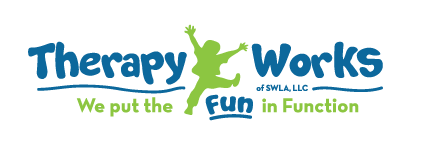Helping Children Sense the World
Sensory integration is the ability to organize sensations for use during functional tasks. It involves the five sensory systems known by most people (touch, smell, vision,taste, and hearing), but also involves the proprioceptive system (sense of feedback from the muscles and joints that allows us to know where we are in space) and the vestibular system (sense of movement and gravity). These systems are extremely important in the developmental process, allowing accurate processing of sensations from our body and the environment in order to generate appropriate motor responses. A child with a well-integrated sensory system is able to process complex sensory information, learn and function smoothly in their activities of daily living.
When a child’s nervous system is having difficulty accurately processing this complex sensory information, they may have difficulty responding appropriately to meet challenges. Simple tasks may be difficult, which leads to frustration and avoidance of sensory opportunities or movement challenges. Children with Sensory Processing Disorders (SPD) are usually referred to Occupational or Physical Therapy due to behavioral, social, or motor coordination difficulties.
Sensory Integrative therapy helps the child to better process sensory information in order to build the foundation motor skills that are important for functional performance. The therapist provides the “just right” challenge to the child’s sensory and motor systems for the child to achieve an adaptive response. This builds the sensory and motor pathways in the brain, leading to improved sensory processing and motor output. This process continues until the child begins to build a foundation of sensory and motor skills.
The following are red flags:
Overreaction or under-reaction to sensory stimuli
Doesn’t tolerate brushing, dental work, or shirt tags
Doesn’t realize when injured
Unusually active or on the go
Sedentary most of the time
Impulsive or unusually high activity level – risk taker
Avoidance of playground equipment
Decreased attention span or ability to concentrate
Decreased strength
Clumsiness due to decreased muscle tone or balance
Difficulty with changes in routine or transitions
Delayed language skills
Poor Self-Concept
Difficulty with coping skills
Difficulties with academics
Social-Emotional difficulties
Delayed play skills

